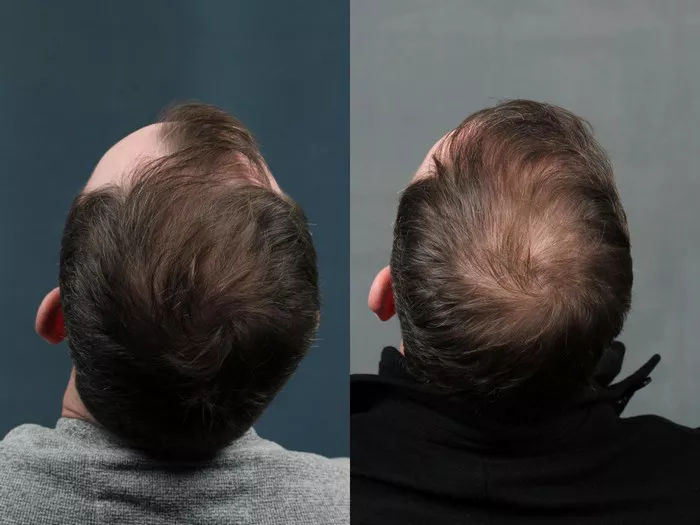Undergoing a hair transplant is a transformative experience, but it comes with a crucial phase of recovery and aftercare. One common concern that arises during this period is the intense itching that can affect the scalp. But can you scratch your head one month after a hair transplant? In this comprehensive guide, we’ll address this pressing question and provide insights into post-transplant care to ensure a successful and comfortable recovery.
Understanding the Hair Transplant Process
The hair transplant process is a surgical procedure designed to address hair loss and thinning. It involves the relocation of hair follicles from a donor area, typically the back of the head, to the recipient area, where hair loss is prevalent. During the procedure, hair grafts are carefully harvested and transplanted into the recipient site, ensuring natural growth patterns. The initial healing phase involves scalp sensitivity, followed by a growth phase where new hair begins to emerge. Over time, the transplanted hair grafts establish themselves, providing a long-term solution to hair loss and restoring a full and natural-looking head of hair.
See Also: Do Celebrities Get Hair Transplants: Things You Need To Know
The Itch Dilemma: Why Does It Happen?
Itching is a common side effect of the healing process, and it usually becomes more noticeable around the one-month mark. Here’s why:
1. Healing and Nerve Regeneration:
As the scalp heals and nerves regenerate, you may experience itching as a natural response. This is a sign that your body is recovering.
2. New Hair Growth:
The emergence of new hair can also trigger itching. This is a positive sign, as it indicates that your hair grafts are starting to grow.
Can I Scratch My Head One Month After a Hair Transplant?
While itching is a normal part of the healing process, it’s crucial to handle it with care to avoid any damage to your newly transplanted hair grafts. Here’s how to address the itch:
1. Avoid Scratching:
It may be tempting to scratch, but it’s essential to resist the urge. Scratching can dislodge grafts or cause trauma to the scalp.
2. Use Recommended Products:
Your surgeon or medical professional may recommend specific products or ointments to alleviate itching. Follow their advice closely.
3. Gentle Tapping or Patting:
Instead of scratching, try gently tapping or patting the itchy area with clean fingers. This can provide relief without risking harm.
Tips for Managing Post-Transplant Itching
Managing itching one month after a hair transplant requires patience and diligence. Here are some additional tips to make the process more comfortable:
1. Stay Hydrated:
Proper hydration can help soothe the scalp and reduce itching. Drink plenty of water throughout your recovery.
2. Avoid Hot Showers:
Hot water can exacerbate itching. Opt for lukewarm or cool showers during the healing period.
3. Loose-Fitting Hats:
If you must cover your head, opt for loose-fitting hats or scarves to minimize friction on the scalp.
4. Consult Your Surgeon:
If itching becomes unbearable or persists, consult your surgeon. They can provide further guidance or recommendations.
The Road to Full Recovery
One month after a hair transplant is just a milestone in your journey to full recovery. Hair growth will continue, and you’ll start seeing more visible results in the coming months. Here’s what to expect:
1. Months 2-4:
Hair grafts will continue to grow, and you may notice more density in the transplanted area.
2. Months 6-12:
By the six-month mark, many patients see significant improvement in hair thickness and coverage.
3. Patience Is Key:
Keep in mind that the full results of a hair transplant can take up to a year or longer to become apparent. Be patient and maintain good post-transplant care.
Conclusion: Navigating Post-Transplant Itching
In conclusion, itching one month after a hair transplant is a normal part of the healing process. While it may be uncomfortable, it’s vital to resist the urge to scratch and follow your surgeon’s recommendations for managing it. Remember that a hair transplant is a long-term investment in regaining your confidence and a full head of hair. With proper care and patience, you’ll soon enjoy the full results of your transformative procedure.


